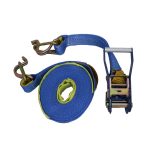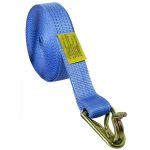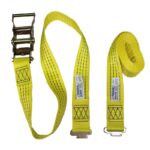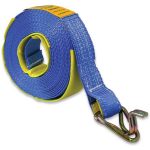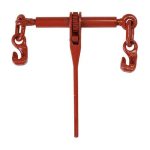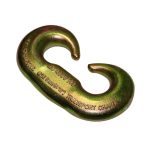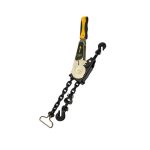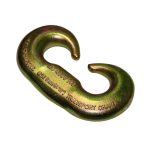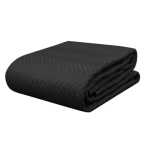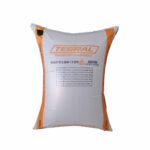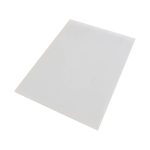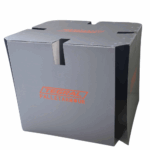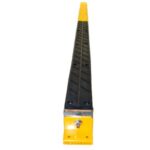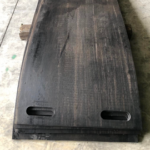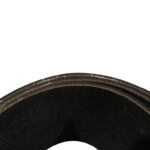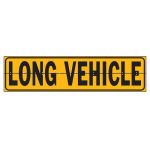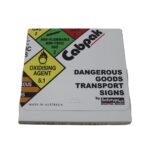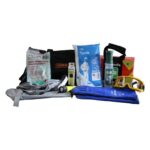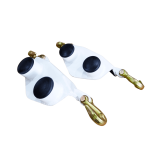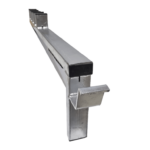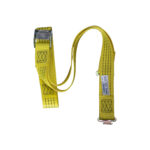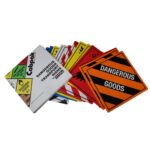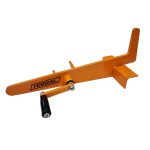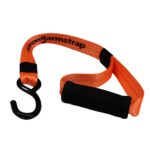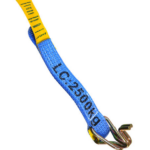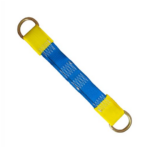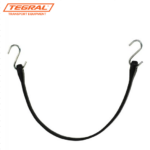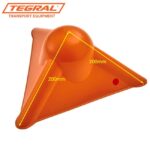Handling paper requires gentleness and skill. If you don’t want to end up with damaged reels, you need the best equipment, the right trailer, and an experienced driver when delivering paper reels.
Paper reels are commonly carried over long distances and are moved several times from production to the end-user. This makes the handling not just safe and delicate but critical.
While the reels can be packaged with a protective layer outside the reels, this is not enough to ensure damage will not occur. Careful loading & lashing must be observed otherwise customers may refuse to accept delivery of the damaged goods.
Below are the most recommended restraining tips for cylinder and paper roll delivery.
- Anti-slip rubber can reduce the required number of tied-down lashings, particularly for low friction loads. Tegral has plenty of stocks of friction mats that are not just suited to protect your vehicle’s deck but also help your load to not slip at the bottom.

- Directly restraining or blocking cylinders in the forward direction will also reduce the required number of tie-down lashings.
- Prevent damage to product and lashings by placing angled-edge corner protectors or specially fabricated core inserts between the lashings and the item.
 Angled-edge corner protectors and core inserts are often required by the manufacturers of the paper as it protects the paper and prevents the lashings from slipping. Tegral has recently launched the Curved Angle which is highly recommended for paper reels and cylinder-type goods. Find out more about the product here.
Angled-edge corner protectors and core inserts are often required by the manufacturers of the paper as it protects the paper and prevents the lashings from slipping. Tegral has recently launched the Curved Angle which is highly recommended for paper reels and cylinder-type goods. Find out more about the product here.

- Restrain vertical rolls, reels, coils, and drums by tie-down and forward blocking.
- Restrain every cylinder by at least one lashing, unless they are unitised to a pallet.
- To prevent sideways movement, restrain vertical cylinders against headboards by tie-down or by opposed loops.
- Transport tall cylinders vertically if blocked against a suitably engineered headboard (or similar) or adequately supported by the surrounding product.
Follow these guides and your deliveries are good to go.




